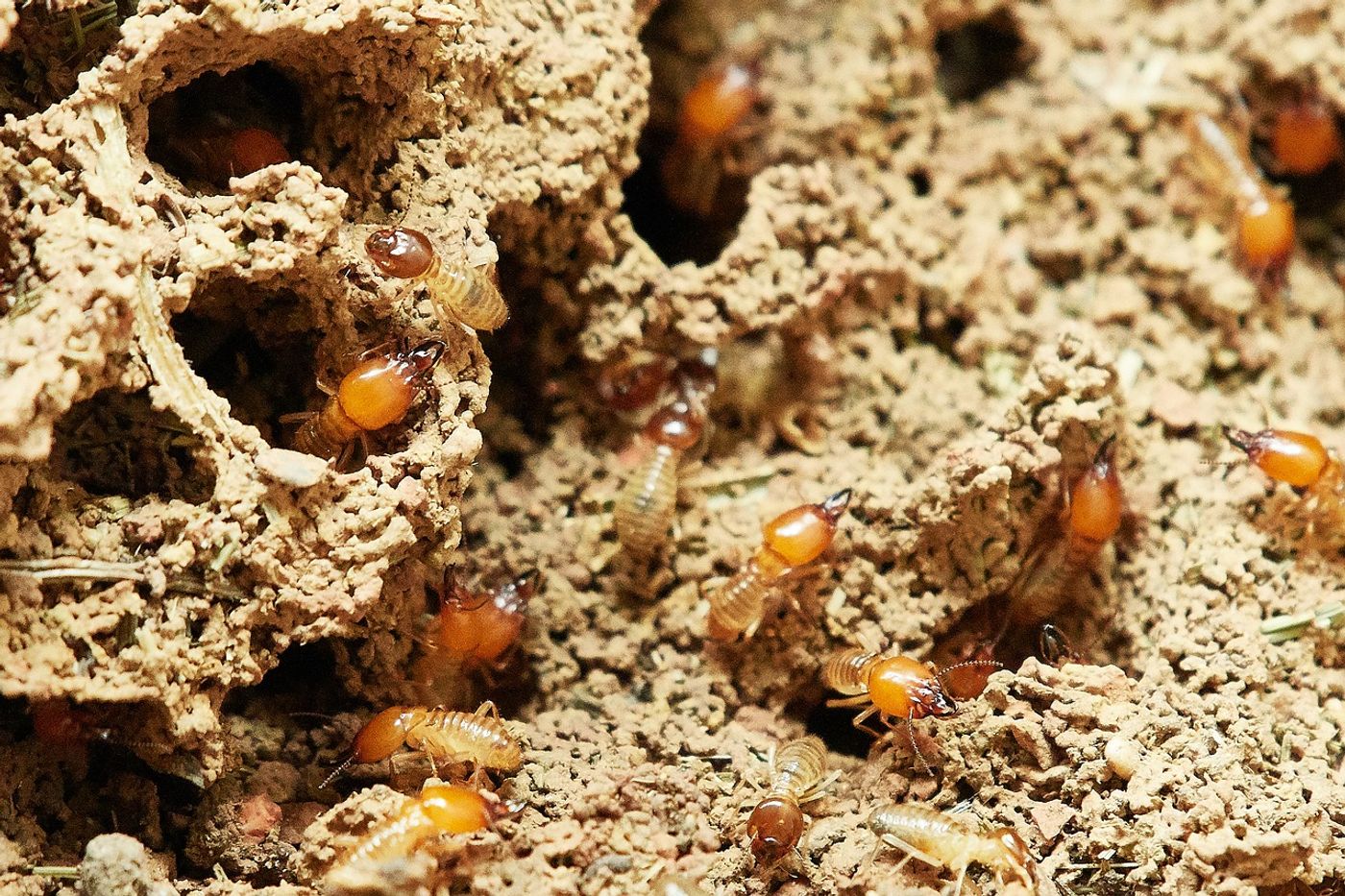All-Female Termite Colonies Observed for the First Time
In the case of most animal species, it takes both a male and a female for reproduction to take place. But a few exceptions to this rule do indeed exist, particularly in that of the insect kingdom.
Asexual reproduction isn’t a new concept by any means; in fact, researchers have known of its existence in specific ant and honeybee species for several years. But as a new study published this week in the journal BMC Biology denotes, this very same conduct has been observed and documented in the termite species Glyptotermes nakajimai for the very first time.
Image Credit: Pixabay
“Termite colonies were always found to have equal numbers of males and females, and to undergo sexual reproduction,” explained study lead author Toshihisa Yashiro, a biologist with the University of Sydney. “Our paper is the first demonstration that termites can do away with males completely, and get along fine just with females."
Related: Here's how lots of ants coordinate to move larger objects
Yashiro and his colleagues witnessed the peculiar circumstances after studying 37 separate termite colonies dispersed along the remote coastal areas of Japan. Astonishingly, these colonies were teeming with females, but there wasn’t a single male specimen anywhere to be found.
Curious about their findings, the researchers compared queens from these asexual colonies to queens from mixed-sex colonies from other parts of Japan in an attempt to learn more. The results showed how queens from the asexual colonies lacked any sperm in their spermathecae and how their eggs remained unfertilized.
Comparatively, and perhaps unsurprisingly, queens from the mixed-sex colonies had plenty of sperm stored up in their spermathecae. But the team also took note of something they didn’t expect: unfertilized eggs in the mixed-sex colonies were developing on their own, indicating how evolution may have played a role in the development and abundance of all-female colonies.
“Interestingly, we observed the occasional development of unfertilized eggs in the mixed-sex populations too. This suggests the ability to produce offspring from unfertilized eggs may have originated in mixed-sex ancestors and provided a potential pathway to the evolution of all-female colonies,” Yashiro added.
“We also found that all-female colonies had a soldier caste with a more uniform head size than their mixed-sex counterparts and fewer soldiers overall. This suggests that uniform female soldiers are more efficient at defense which may have contributed to the persistence and spread of the all-female colonies.”
Related: Worker ants intelligently regulate tunnel-digging efforts to avoid jams
It’s certainly interesting that all-female termite colonies can exist, but the study doesn’t go much further than to speculate based upon preliminary findings. Perhaps follow-up studies can validate whether all-female termite colonies are indeed more organized and efficient than the mixed-sex variants.
Source: Phys.org, BMC Biology









